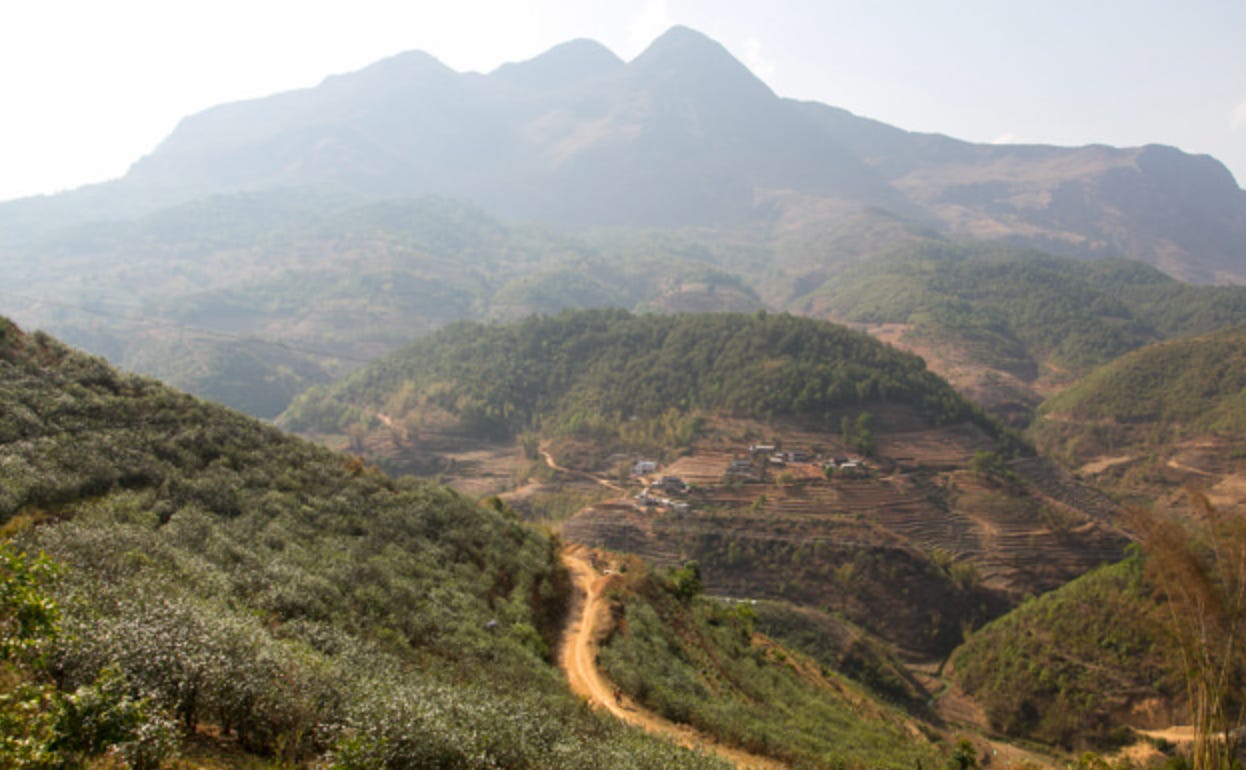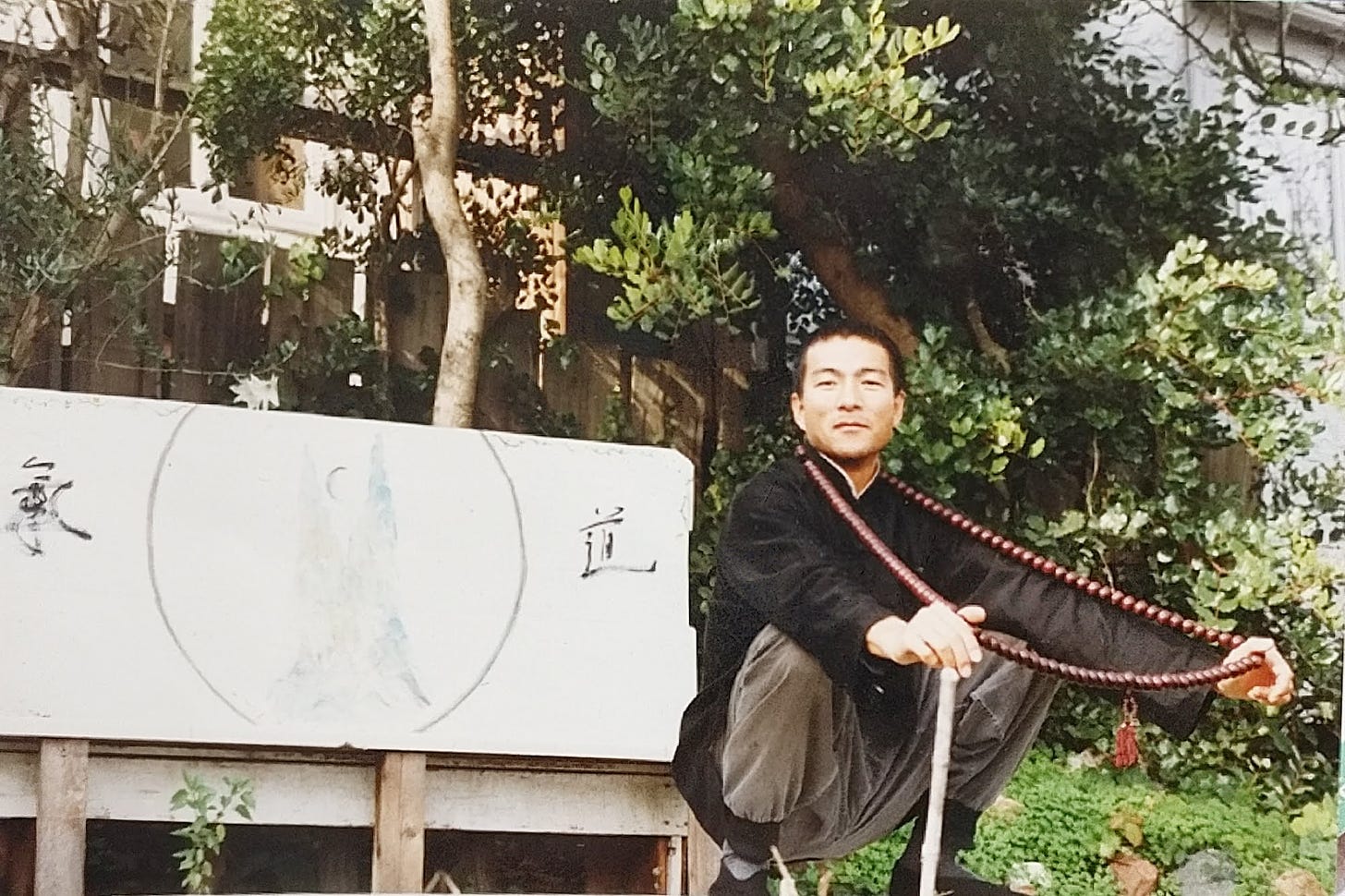The Economics
There’s a lot of education needed in the sourcing space, and a deeper understanding of what happens when sources are exploited and run dry. Many of our teas are sourced from South Yunnan, from a famous region called Lincang. The teas from this area were once produced with commercial-free farming. However, in recent years tea has been popularized and marketed by the local government and subsidies have been given to improve infrastructure in the region. In the past, road conditions to get to these lands were treacherous and long, but recent improvements have made it much easier to access. Easier access to tea production has led to greater demand and in turn, driven up the price.
A road in Lincang
Unfortunately, as the prices of tea start increasing, farmers tend to change their agricultural practices, and not always in the most tasteful of ways. In South Yunnan, it is rare to find naturally grown tea that uses no fertilizer, and even if you do, it is extremely expensive. A major benefactor of these changes is of simple economic necessity. Farmers are human and have needs. If they can maximize production and make a better living, why wouldn’t they?
There are still farmers who practice the ancient style of natural farming, but they are scarce few. If you care about keeping the ancient style of natural farming alive, your vote comes from where you buy your tea. Money talks.
The Economist
Not only was Master Wang born and raised in South Yunnan, but he also had a deep understanding of the economy in the region, with a master’s degree in economics. He knew the long-term harm a commercialized industry could cause. Take Starbucks for example, the once-natural coffee lands have been completely exploited for business and greed. The way to fight back against commercialism and unconscious business practices is to focus on the right ways and more conscious practices. This became one of Master Wang’s callings. He started with himself, he turned his health around, and devoted himself to Buddhahood and monkhood. He developed methods to refine his taste (pallet work), and he built long-lasting sourcing relationships with farmers that practiced ancient natural farming. All of our teas are thanks to the good farmers Master Wang built connections with.
Master Wang picking tea in South Yunnan
Jiddu Krishnamurti, a sage from the modern era once said, “A change in one is a change in millions.” Bringing a deeper understanding and respect for tea was the change Master Wang brought to himself and strived to bring to the minds and hearts of others. He experimented with tea throughout his life. He explored big questions. What is great tea? How does one discern great tea? What is the art of tea? He experimented with an extremely disciplined diet, abstaining from all animal products, garlic onion, and restaurant foods. His life and tea were one. He cooked on a wood stove and practiced ancient ways of living.
Master Wang
There is an ancient saying, “Chop wood, carry water.” A phrase that emphasizes the practice of committing to and thriving through a process of any pursuit. For years Master Wang lived a life like no other. Profoundly unique and esoteric. But for him, it was the right way for him to live. It was his calling and it served a higher purpose, preserving the ancient ways of living and farming and expanding the minds of the people. Master Wang would say, “We are touching millions of lives with each cup of tea.” and this holds true to this day.
Cheers, Anoah.
I appreciate all feedback, I have recieved some great critique and hope to hear more from anyone who has something to offer.
Here is a peer review from Brain Kirbis founder of Theasophie:
Anoah, you’ve got a good writing style - I like the narrative flow. (I also enjoyed the ‘Tea: Pollen for Humans’ article.)
I hope my comments don’t complicate things too much. Do keep in mind that, while I have never been to Lincang, I have been involved in the Yunnan tea industry for a pretty long time.
The biggest problem with the article is that it conflates ‘ancient’ and modern agricultural practices in relation to the marketplace. For instance:
… commercial-free farming
⁃ there is historical literature from adjacent tea-growing regions stating that buyers needed to bring an equal weight in rice if they wished to acquire tea. Farmers were producing for the marketplace and had no time to grow their own rice. If past farming was commercial-free, old-growth tea gardens would not exist. The amount of tea growing in these regions far outweighs the amount the historically small subsistence farming communities would have used for their own needs.
⁃ there has been historical waxing and waning of the tea industry in this region extending back a very long time. Think of the ancient tea routes. After the Mongols swept through during the Yuan dynasty, there was an especially significant opening up of the region to commercial trade.
… it is rare to find naturally grown tea that uses no fertilizer
⁃ in my experience, there is little to no fertilizer or pesticide applied to old-growth gardens anymore. It is not only an added cost, but the high prices paid for old-growth material carry expectations from buyers that the gardens are being tended appropriately. There are increasing environmental regulations prohibiting application of pesticides and fertilizers. Yunnan Provincial government has also been working for several years to create quality standards. Most tea producers are submitting samples for testing, to receive certification, and to provide a standard of quality to their customers. (This comment does not consider residues from overspray of adjacent crops.)
⁃ taidi plantations are different. As they are essentially monoculture, they have a greater need for pest and disease control, unlike old-growth agroforestry plantations that have built in defenses. That being said, there is more and more effort to transition taidi plantations to shengtai plantation models - reducing and / or eliminating chemicals and encouraging intercropping of beneficial plants and trees.
… maximize production
⁃ there is an important relationship between quality and quantity. Lower yields of higher quality material require less labor for the same return. Again, differentiating between shrub and old-growth plantations is important. Unfortunately, this also points to economic stratification - a small percentage of farmers getting wealthy while the vast majority still struggle to make a living wage. Education, production skill, access to buyers are all factors in providing equal opportunity to tea farmers.
… your vote comes from where you buy your tea
- yes! This is the beauty of how tea subverts the marketplace. Normally, we are reading labels and following trends for our commercial goods. Tea is immanently about social relations. It is these interpersonal relations that connect us to the source.
As for ‘The Economist’, lovely glimpse into your dad’s life. “He explored big questions. What is great tea? How does one discern great tea? What is the art of tea?” Can’t wait to hear more about the responses he formed to these questions.







